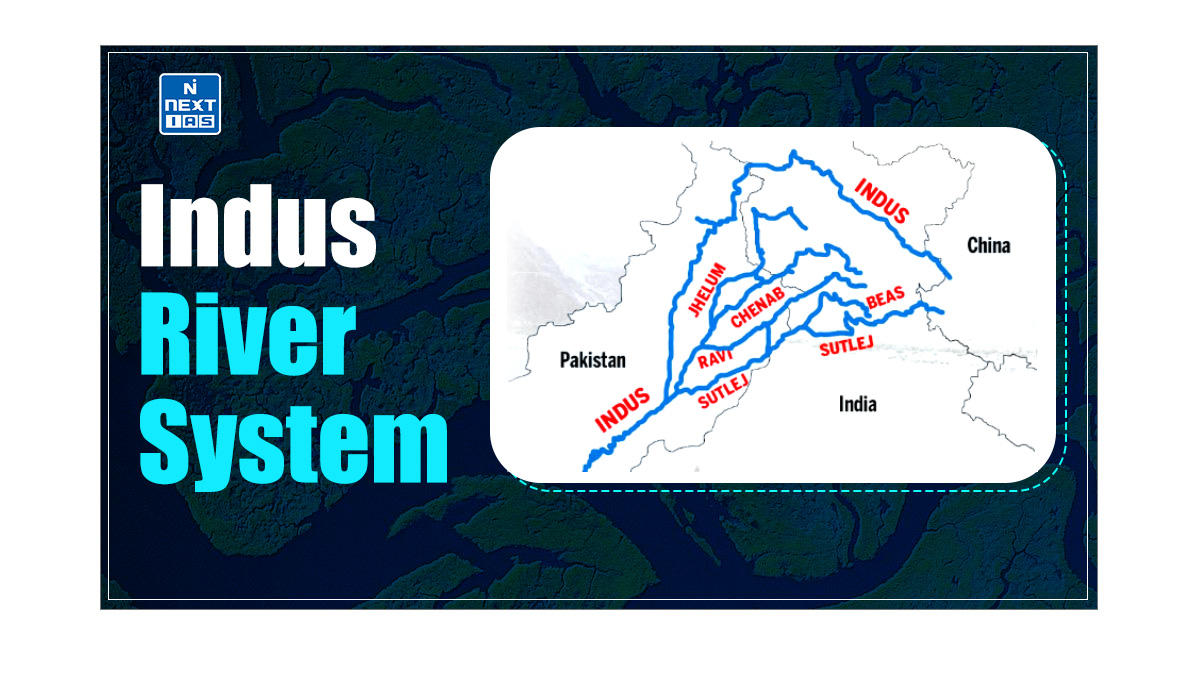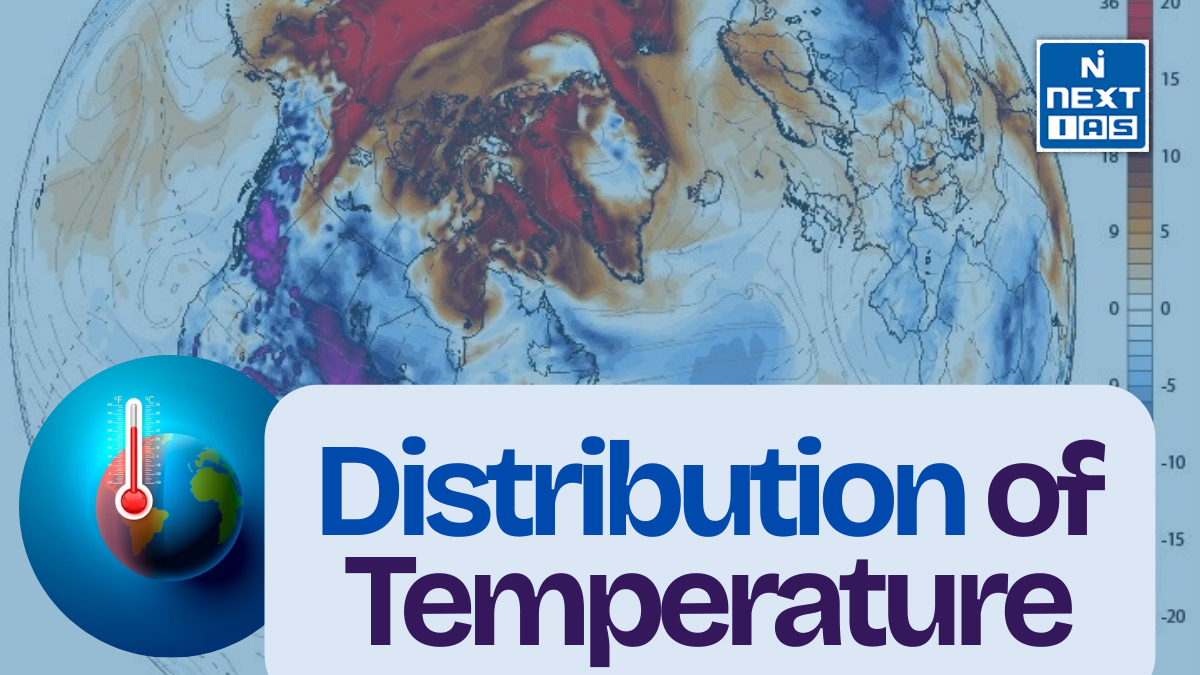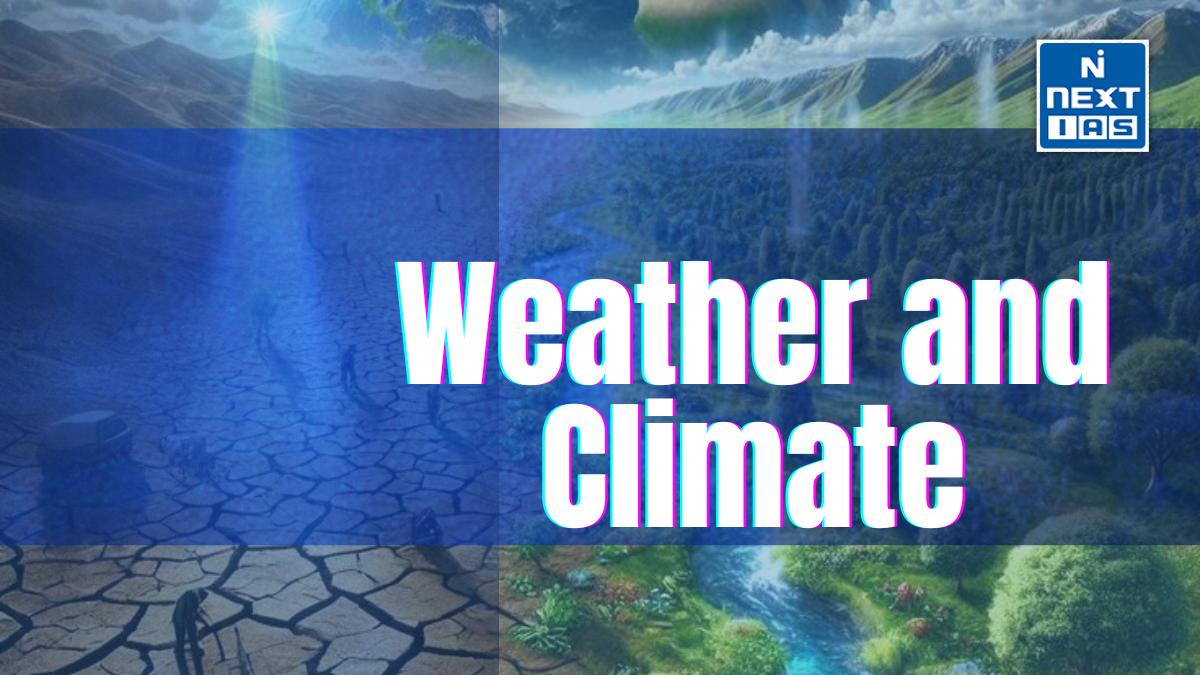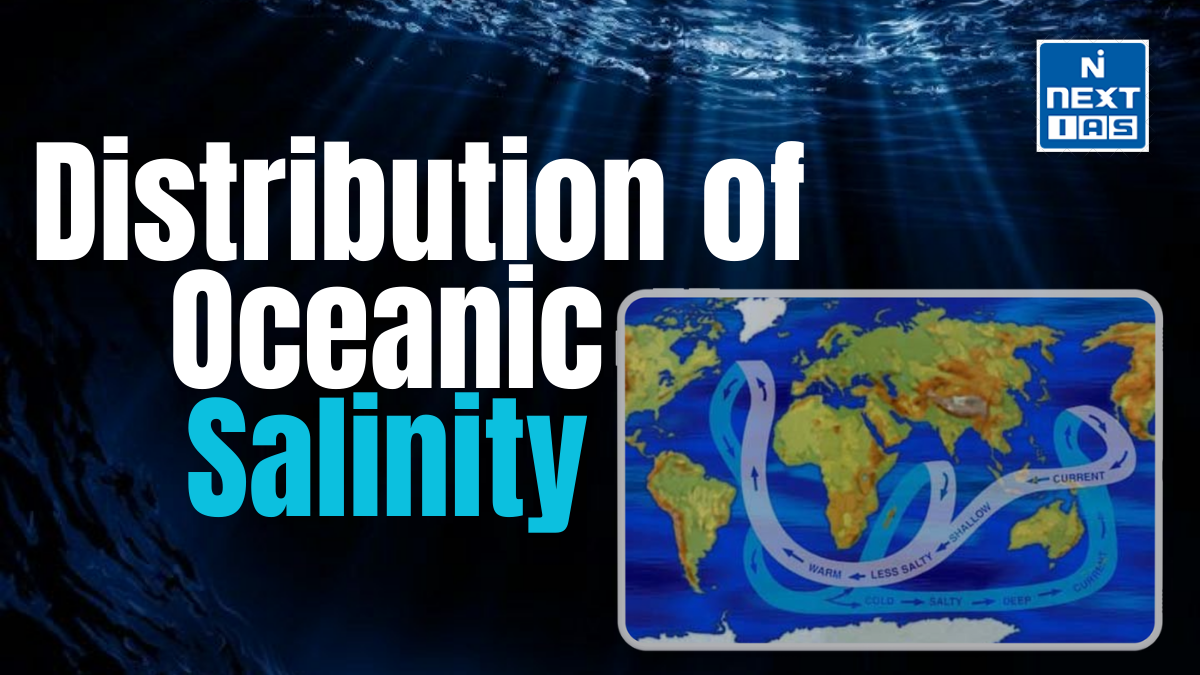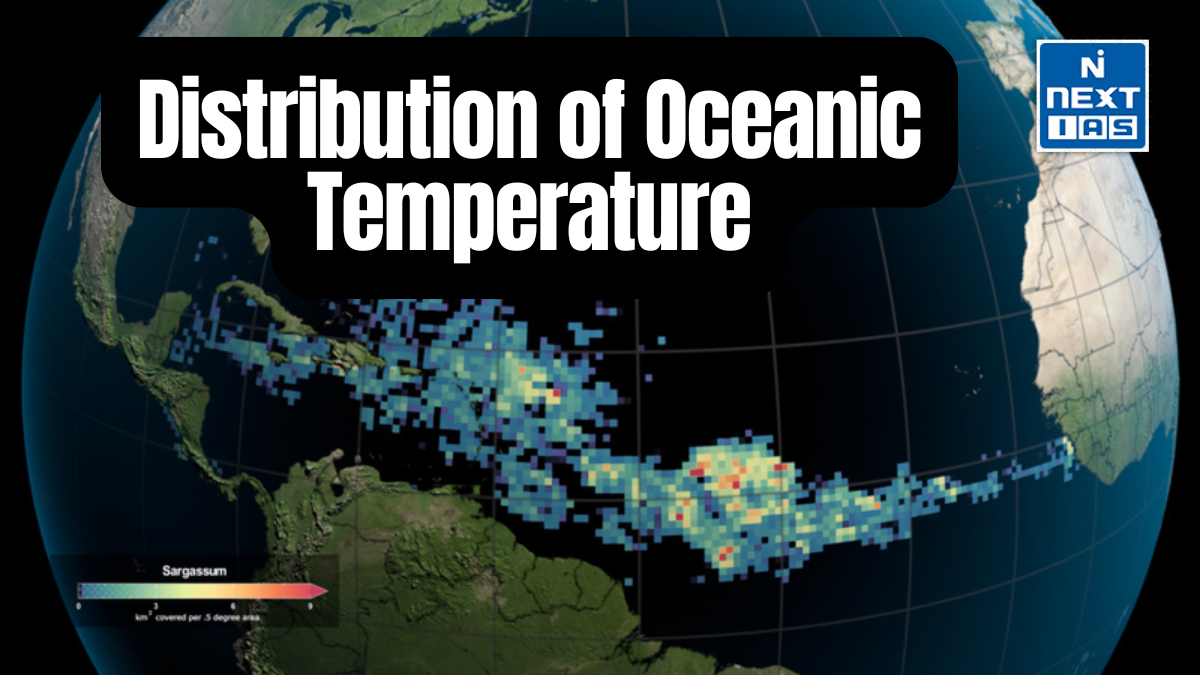
Landforms are natural features of Earth’s surface, shaped by dynamic geomorphic processes like tectonics, weathering, erosion, and deposition. They range from towering mountains to vast plains, influencing ecosystems, climate, and human activities. Understanding landforms offers insights into Earth’s history, resource distribution, and strategies for sustainable land use and environmental management.
About the Landforms
- Landforms are the natural physical features of the Earth’s surface, created and shaped by a combination of internal and external forces.
- They vary greatly in size and structure, ranging from vast plains, rugged mountains, and expansive plateaus to intricate river valleys, coastal dunes, and underwater features like ocean ridges.
- Endogenic forces, such as tectonic plate movements and volcanic activity, are responsible for the creation of primary landforms like mountains and rift valleys.
- In contrast, exogenic processes like weathering, erosion, and deposition constantly modify these features, shaping secondary landforms such as deltas, beaches, and canyons.
- Landforms play a crucial role in influencing climate patterns, biodiversity, and human activities.
- They determine soil fertility, water availability, and settlement patterns, making them vital to agriculture, infrastructure development, and resource management. Studying landforms provides valuable insights into Earth’s geological history and helps in sustainable planning and disaster mitigation.
Types of Landforms
Landforms are categorized based on their origin, structure, and the processes that shape them. Here are the primary types of landforms:
Major Landforms
These large-scale features dominate the Earth’s surface and are formed by endogenic processes.
- Mountains: Elevated areas with steep slopes, like the Himalayas.
- Plateaus: Flat-topped highlands, such as the Deccan Plateau in India.
- Plains: Low-lying, flat areas like the Great Plains in the USA.
Minor Landforms
These smaller-scale features are shaped by exogenic processes.
- Hills: Smaller elevations than mountains, such as the Aravalli Hills in India.
- Valleys: Low areas between hills or mountains, like the Rhine Valley in Europe.
- Canyons: Deep gorges, such as the Grand Canyon.
Fluvial Landforms (River Action)
Formed by the action of rivers.
- Erosional: V-shaped valleys, waterfalls, and gorges.
- Depositional: Floodplains, deltas (e.g., the Nile Delta), and levees.
Aeolian Landforms (Wind Action)
Common in arid and semi-arid regions.
- Erosional: Deflation hollows, yardangs.
- Depositional: Sand dunes, loess deposits.
Glacial Landforms (Ice Action)
Formed by the movement of glaciers.
- Erosional: Cirques, U-shaped valleys, fjords.
- Depositional: Moraines, drumlins, eskers.
Coastal Landforms (Wave Action)
Shaped by ocean waves and currents.
- Erosional: Sea cliffs, arches, and stacks.
- Depositional: Beaches, spits, and barrier islands.
Karst Landforms (Solution Action)
Formed by the dissolution of soluble rocks like limestone.
- Examples: Sinkholes, caves (e.g., Carlsbad Caverns), and limestone pavements.
Volcanic Landforms
Created by volcanic activity.
- Extrusive: Lava plateaus, volcanic cones (e.g., Mount Kilimanjaro).
- Intrusive: Batholiths and dykes.
Man-Made Landforms
Modified by human activities.
- Examples: Terraces, dams, and mines.
These diverse landforms highlight Earth’s dynamic processes, contributing to its varied and intricate landscapes.
Significance of Landforms
The significance of landforms extends across ecological, social, economic, and scientific dimensions, reflecting their vital role in shaping Earth’s environment and supporting life.
Environmental and Ecological Importance
- Habitat Diversity: Landforms like mountains, valleys, and wetlands create varied habitats that support diverse plant and animal species.
- Climate Influence: Mountains act as barriers influencing weather patterns, while plains and plateaus regulate temperatures and wind flow.
Human Settlement and Development
- Agriculture: Fertile plains and river valleys, such as the Indo-Gangetic Plain, are ideal for farming.
- Urbanization: Flatlands and plateaus provide stable ground for settlements and infrastructure.
Resource Availability
- Minerals and Energy: Mountains and plateaus are rich sources of minerals, coal, and ores.
- Water Resources: Rivers and lakes formed by landforms sustain drinking water, agriculture, and hydropower.
Economic Contributions
- Tourism: Unique landforms like the Grand Canyon and Mount Everest attract millions of tourists, boosting local economies.
- Forestry and Fishing: Coastal landforms and forested regions support industries dependent on natural resources.
Natural Hazards and Disaster Mitigation
- Understanding landforms aids in predicting and managing hazards like landslides, floods, and earthquakes.
Scientific and Educational Value
- Landforms serve as natural laboratories for studying geological processes, Earth’s history, and climate changes.
Cultural and Aesthetic Significance
- Many landforms, like Uluru in Australia, hold spiritual or cultural importance for indigenous communities.
- Their scenic beauty enhances human connection with nature.
Landforms are indispensable to life on Earth, influencing ecosystems, human activities, and environmental sustainability. Understanding their significance is crucial for effective conservation and resource management.
Process of the Formation of Landforms
The formation of landforms is a result of complex interactions between internal (endogenic) and external (exogenic) forces acting on Earth’s surface over time. These processes can create, modify, and destroy landforms, leading to diverse landscapes. Below is an outline of the processes involved:
Endogenic Processes
These internal forces originate from within the Earth and are driven by heat and pressure from the Earth’s interior.
Tectonic Activity
- Folding: Layers of Earth’s crust are compressed, forming mountains and ridges (e.g., the Himalayas).
- Faulting: Crustal blocks move along fractures, creating rift valleys (e.g., East African Rift) or escarpments.
- Volcanism: Magma erupts to form volcanic landforms such as cones (e.g., Mount Fuji) and plateaus (e.g., Deccan Plateau).
Isostatic Movements
- Uplift or subsidence of Earth’s crust due to changes in surface load, such as glacial rebound in Scandinavia.
Exogenic Processes
These external forces are driven by agents like water, wind, ice, and gravity, which reshape landforms through weathering, erosion, transportation, and deposition.
Weathering
- Physical Weathering: Breakdown of rocks due to temperature changes, frost action, or pressure release.
- Chemical Weathering: Decomposition of rocks through chemical reactions (e.g., carbonation in limestone regions).
- Biological Weathering: Rocks are broken down by living organisms, such as plant roots or burrowing animals.
Erosion and Transportation
- Fluvial Processes: Rivers erode valleys and deposit sediments, forming landforms like deltas and floodplains.
- Aeolian Processes: Wind erodes and deposits materials, creating dunes and yardangs in deserts.
- Glacial Processes: Ice erodes landscapes, forming U-shaped valleys, fjords, and moraines.
- Marine Processes: Waves erode coasts to form cliffs, while deposition creates beaches and spits.
Mass Wasting
Movement of soil, rocks, and debris downslope due to gravity, forming features like landslides, talus slopes, and debris flows.
Biological and Human Influence
- Biological Processes: Coral reefs and mangrove forests are formed by the action of living organisms.
- Human Activities: Deforestation, mining, and construction modify or create landforms such as terraces and artificial reservoirs.
Interaction Between Processes
Landforms are rarely the result of a single process; instead, they emerge from the interplay between various geomorphic forces over time. For example:
- Mountains are formed by tectonic uplift and shaped by weathering and erosion.
- River valleys evolve through fluvial erosion and deposition, influenced by tectonic uplift and subsidence.
Understanding these processes provides insights into Earth’s dynamic nature and helps in managing resources, mitigating hazards, and conserving landscapes.
Way forward
To sustain Earth’s diverse landforms, integrated efforts in conservation, responsible resource management, and sustainable development are essential. Promoting geoheritage preservation, minimizing human-induced impacts, and addressing climate change challenges are vital. Enhanced research, education, and policy-making can ensure the protection of landforms, fostering harmony between natural landscapes and human activities.
Conclusion
Landforms are dynamic features of Earth’s surface, shaped by natural processes over time. They influence ecosystems, climate, and human activities while reflecting Earth’s geological history. Understanding landforms is essential for sustainable development, resource management, and hazard mitigation, fostering a deeper appreciation of the planet’s diverse and interconnected landscapes.
GS - 3